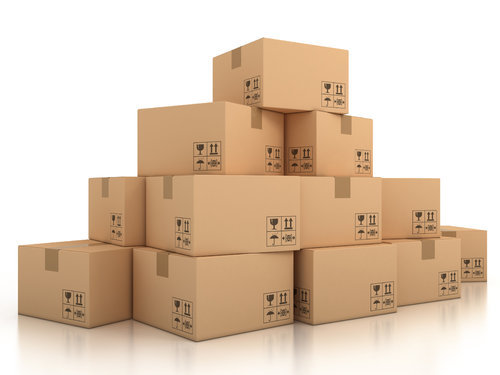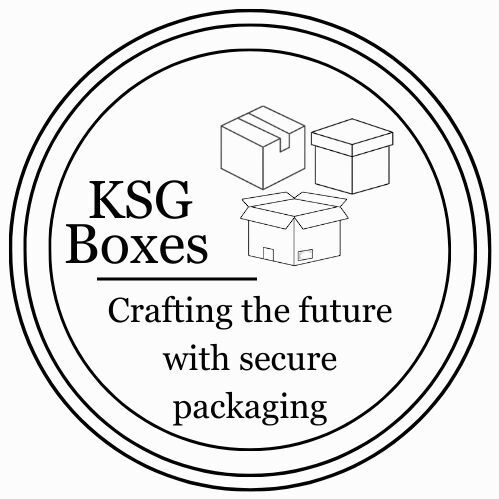
Corrugated boxes are versatile and essential packaging solutions commonly known as cardboard or carton boxes. The packaging of these boxes is used for shipping, storing, and protecting various goods. These boxes are crafted from corrugated cardboard, which comprises three layers: it sandwiches an inner corrugated medium (fluting) between two flat liner boards. This design provides exceptional strength and durability to the box, making it suitable for a wide range of applications.
Manufacturing Process of Corrugated Boxes.
The manufacturing process of corrugated boxes involves several steps from making liner board, glueing, cutting to finishing, etc.
Corrugating Production Process.
The linerboards and corrugated medium are produced separately from paper pulp after this corrugated medium is passed through corrugating rollers to create the characteristic “waves” or flutes. This process increases the strength and flexibility of the material.
Gluing.
The linerboards are coated with adhesive and then combined with the corrugated medium to form a corrugated board.
Cutting and Folding.
The corrugated board is cut and folded into various box shapes and sizes, as per the specific requirements.
Printing and Finishing.
The box prints with branding, product information, or decorative designs if necessary, and finishing touches like handles, windows, or coatings also apply as per the requirements of clients.
Benefits and Applications of Corrugated Boxes.
Corrugated boxes offer several benefits like strength, protection, and customizability, that make them the preferred choice for packaging.
Strength, Protection and Lightweight.
The corrugated design gives these boxes excellent crush resistance and shock absorption properties, protecting the contents during transit and storage. Despite their strength, these boxes are relatively lightweight, which helps in reducing shipping costs.
Customizability.
These boxes are tailored to suit various shapes, sizes, and designs, making them ideal for packaging products of different industries, from electronics and appliances to food and beverages.
Recyclability and Printability of Corrugated Boxes.
Corrugated cardboard is highly recyclable and considered an environmentally friendly packaging option and they offer a great surface for printing, allowing businesses to enhance their branding and marketing efforts.
Cost-Effective.
These are cost-effective, especially when produced in large quantities, making them suitable for both small businesses and large enterprises.
Types of Corrugated Boxes.
There are several types of corrugated boxes, each designed for specific purposes:
Regular Slotted Container (RSC): The most common type, featuring flaps that meet at the centre of the box for closure.
Half-Slotted Container (HSC): Similar to RSC but with only one set of flaps, typically used as a lid for another box.
Full Overlap Slotted Container (FOL): The flaps fully overlap, providing extra protection on the top and bottom.
Die-Cut Boxes: Custom-shaped boxes with precise cutouts, suitable for products that require a snug fit.
Telescopic Boxes: Consisting of a lid and a bottom tray that fit together, offering variable height options.
These boxes play a vital role in the packaging industry, by offering an efficient, durable, and eco-friendly solution for safeguarding products during transportation and storage. Their adaptability and widespread use make them indispensable for businesses across various sectors.
